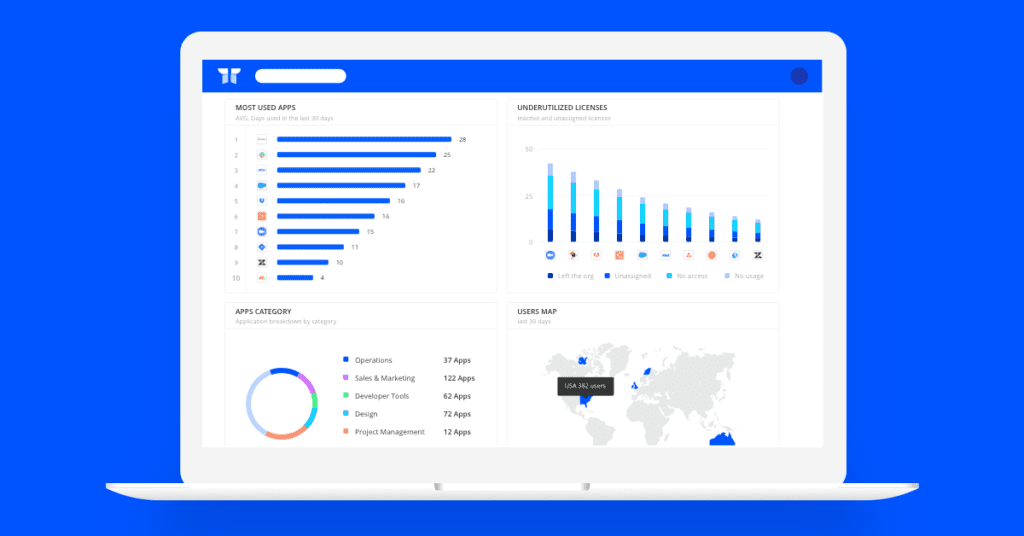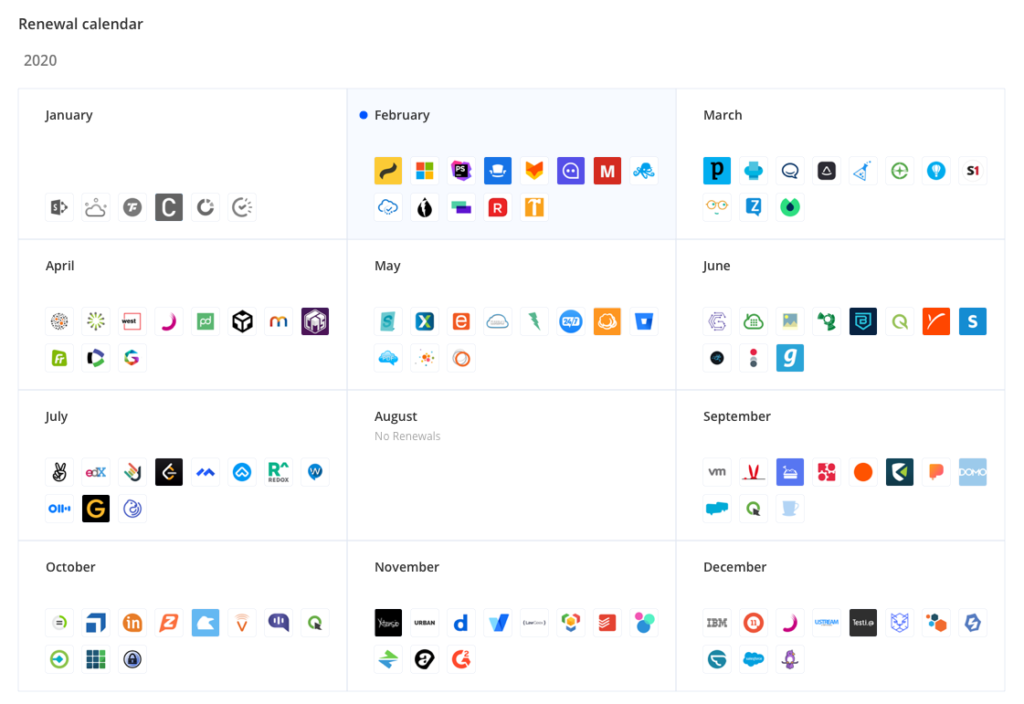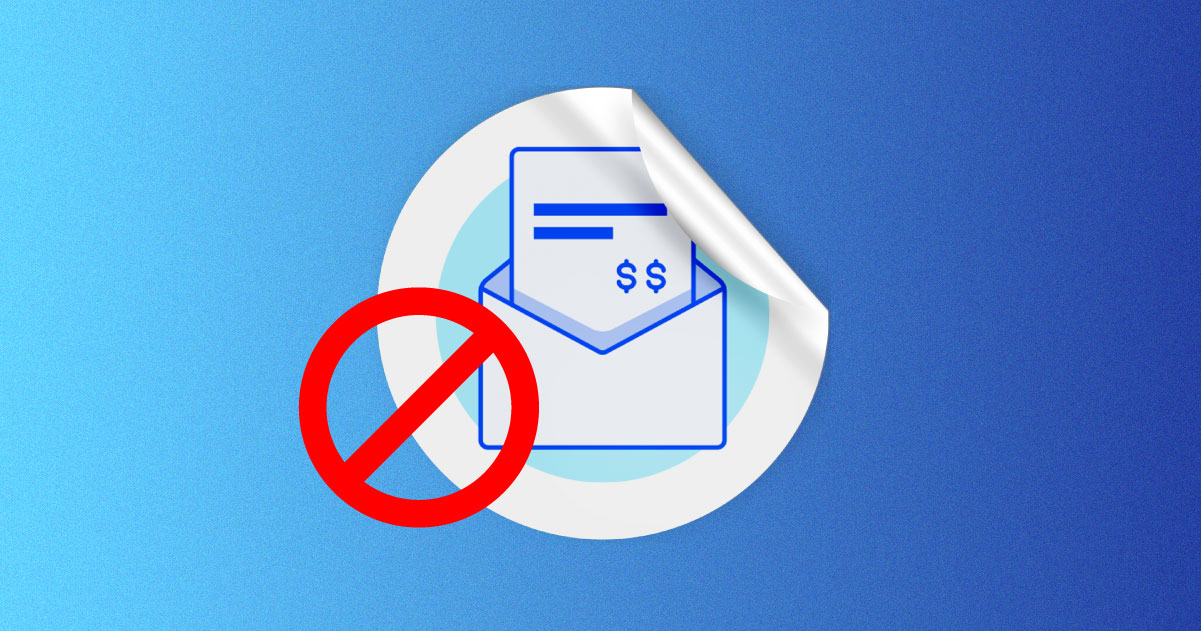Looking to take steps towards optimizing your spend on SaaS applications? Read all three articles in this series:
• 4 Ways To Reduce SaaS Spend By 35% Or More
• How Procurement Can Eliminate Surprise SaaS Renewals <<< You’re here now
• How to Reduce Your SaaS Operations Cost
For some time now, rumblings of a global recession have been a constant in the economic forecast, increasing pressure for businesses to cut costs so they can weather the storm. Many have reassessed employee headcount, but instead of cutting people, cutting software costs presents a huge savings opportunity. So much so that there is a $24 billion spend reduction opportunity globally based on improved SaaS purchasing and negotiations.
The trick is that the SaaS costs worth cutting aren’t always in plain sight, or in some cases, they appear later as an unpleasant surprise.
On average, 1-2 cloud applications renew every day and most are surprise renewals. Eliminating those surprises will bring your business one step closer to optimized software spending.
The Challenge: Surprise SaaS Renewals
Nearly three-quarters (74%) of technology purchases are now funded, at least in part, by business units outside of IT. But because SaaS application adoption is decentralized, it’s hard (if not impossible) to keep track of all the information needed to be renewal ready.
Application ownership, spend and usage data, vendor contract information, renewal dates—it’s all scattered and fragmented. There may also be additional active contracts for shadow IT applications that are completely hidden, until they appear on a bill.
All of these factors put procurement in a tricky position as they have to do a full-blown investigation to track down the details they need to evaluate applications, rationalize, and prepare for contract negotiations. So when a surprise renewal pops up, they’re left in a frustrating position, forced to make on-the-spot decisions at the risk of cutting vital apps or reinvesting in unused ones.
Fear not! This is preventable.
The Solution: Get Renewal-Ready with SaaS Management
As pressure from the recession and the complexity of SaaS apps and environments increase, procurement teams need a SaaS contract renewal process that is proactive, collaborative, and built with decentralization in mind, so they are prepared to negotiate more favorable SaaS contract terms.
Three important steps can lead to a prepared procurement team.
- Create a Single Source of Truth (SSOT)
- Stay alert with a dynamic renewal calendar
- Plan your entire SaaS portfolio and prioritize future investments
Let’s examine each one in more detail.
1. Create a Single Source of Truth (SSOT)
A Single Source of Truth is a place where data is organized, deduped, and normalized. Everyone in the company knows that SSOT is the home of high-integrity data.
For many businesses, they organize their application information in a single spreadsheet, but this type of documentation leaves a lot to be desired. a spreadsheet is easy to start, it’s hard to maintain. Manual input is time-consuming and often incomplete or inaccurate due to human errors. And, once complete, that data is outdated as things constantly change.
Instead, organizations should use an SSOT that integrates with your SaaS applications. That way, you have a complete view of application usage, adoption and cost data. Once in place, your SSOT becomes the hub of critical insight that procurement can use to prepare and bring value to the forefront of every renewal discussion.
Torii, for example, is a SaaS Management Platform (SMP) in which users will store all of their relevant contract information for each individual application used by the organization, including renewal dates with advanced warnings so you’ll never be caught off guard (more on that below).

In addition to critical quantitative data, an SMP like Torii can also create a path to qualitative data as well. With insight into who is using each application, procurement can engage with end users, or even deploy a survey ahead of renewal, to get a sense of the value, sentiment, and impact (or lack thereof) for each app.
Combining your quantitative and qualitative insights for a comprehensive understanding of license utilization and overall adoption of each app ensures that you’re ready to have data-informed negotiations with vendors.
2. Stay alert with a dynamic renewal calendar
Vendors may send renewal reminders to get it on your radar, but it’s not necessarily guaranteed. Plus, the application owner may be the only person who receives that alert. Or, for apps that aren’t used company-wide, determining where the responsibility of managing renewals lies can be a bit murky. Apps used on a smaller scale are more notorious for slipping on renewal since procurement isn’t typically involved in managing them.
Every organization and its policies are different but defining the process for renewal of each app whether it’s sanctioned or not, big or small, is critical for any organization to ensure that they aren’t wasting any of their precious budget.
A dynamic renewal calendar like Torii’s, connected to your SSOT, is a critical element in proactive contract management. It gives all stakeholders transparency into contract renewals dates, so they have ample time to plan and be 100% renewal ready.

Organizations can also take advantage of automations to ensure renewal dates never fly under the radar. With Torii, it’s easy to build workflows into your renewal calendar, so timely alerts are sent to finance, procurement, or any other stakeholders who need to be involved to have the runway they need to prepare. So say goodbye to those unpleasant surprises, hello to managing software renewals with confidence.
3. Plan your entire SaaS portfolio and prioritize future investments
For procurement, one of the greatest sources of waste comes from multiple applications with overlapping capabilities.
Without a proactive approach, companies frequently end up renewing redundant apps at different points in the fiscal calendar. For example, if one of those overlapping apps is renewing in April, and another renews in October, you likely won’t have the opportunity to compare the two head-to-head.
This is where SaaS Management gives procurement the visibility to get proactive with making cuts to overlapping apps or capabilities.
With Torii, users can get a side-by-side comparison of similar applications. They can view aggregate usage trends overtime and determine which application is the fan favorite and which one is the deadweight. Based on that information, procurement can develop a game plan for expanding, cutting, or rightsizing multiple apps before the renewal dates come around.
Remove the element of surprise with Torii
Recession or not; it’s time to take back control of SaaS spending. Torii gives users a complete SaaS renewal headquarters that makes software contract management, well… more manageable!
Need to see it to believe it? Request a demo of Torii and we’ll show you how it simplifies some of the toughest tasks on procurement’s plate.

